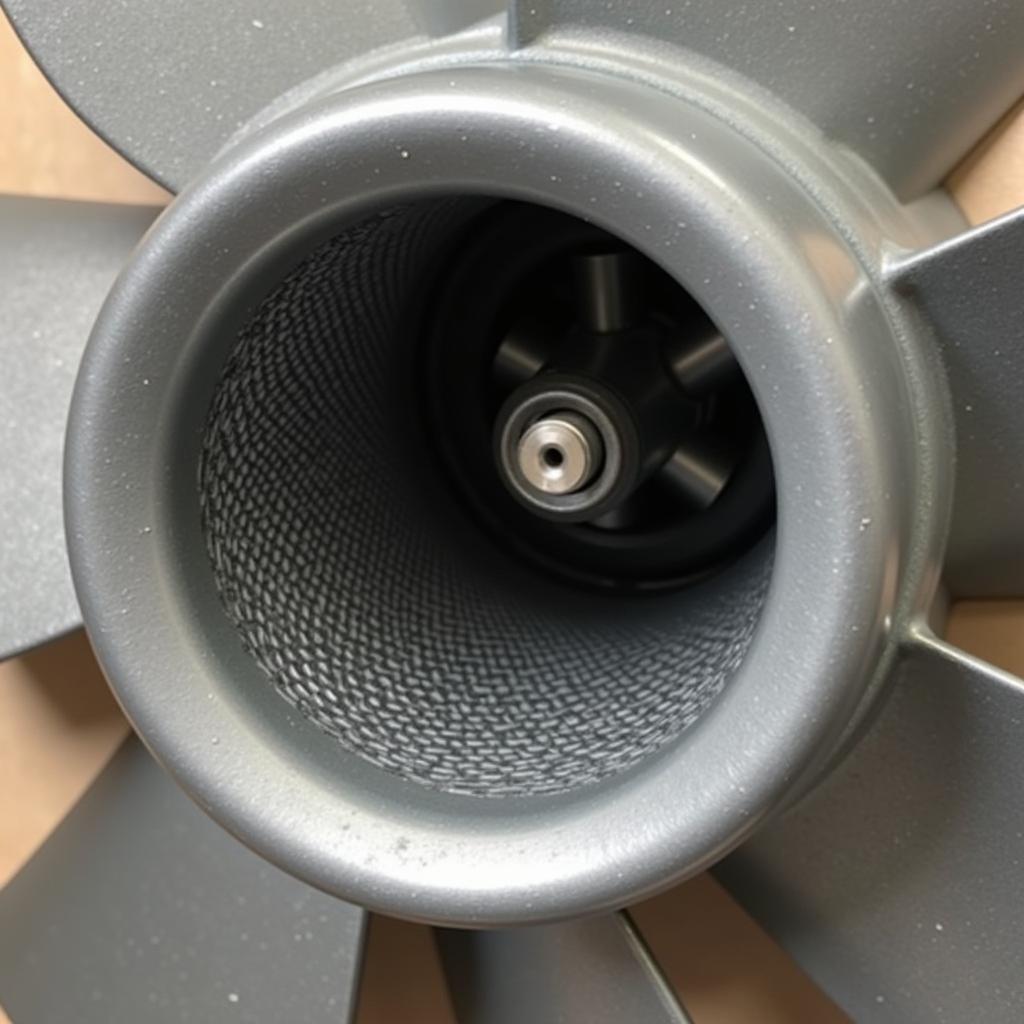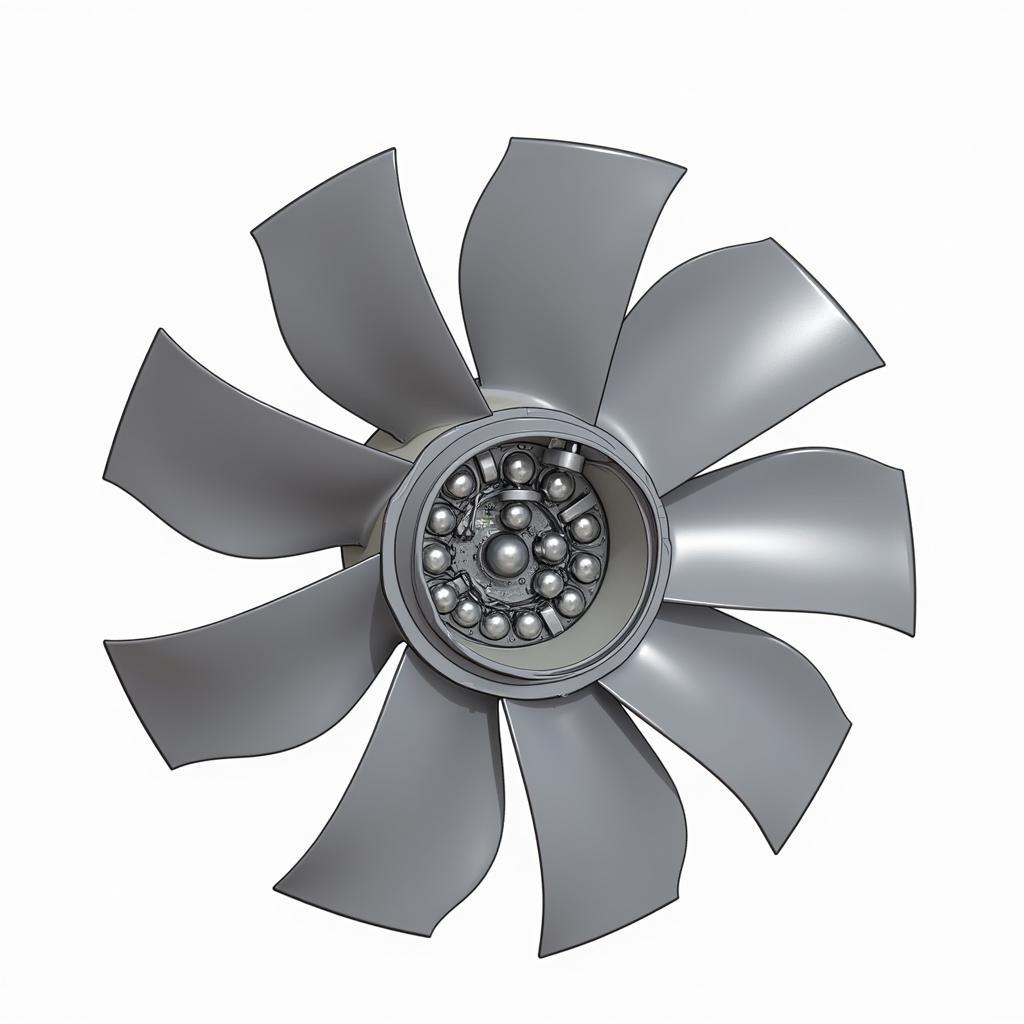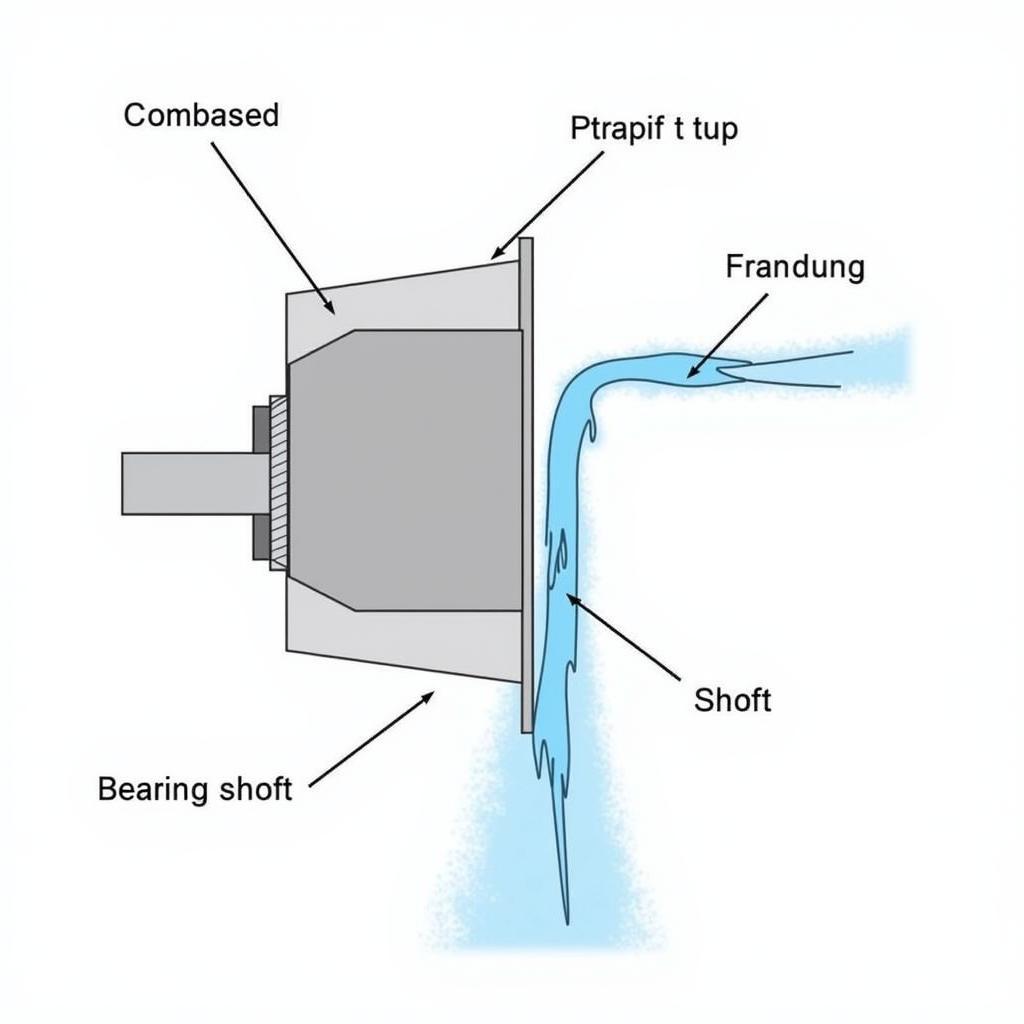Fan bearing technology plays a crucial role in the performance, lifespan, and noise levels of cooling fans, which are essential components in computers, laptops, and other electronic devices. Understanding the different types of fan bearings and their characteristics can help you make informed decisions when choosing fans for your system or troubleshooting fan-related issues.
Types of Fan Bearings
Several types of fan bearings are commonly used, each with its advantages and disadvantages in terms of performance, durability, and noise:
Sleeve Bearing
Sleeve bearings are the most basic and cost-effective type of fan bearing. They consist of a shaft rotating within a porous metal sleeve impregnated with lubricant. While sleeve bearings offer simplicity and affordability, they have a shorter lifespan compared to other types, especially at high operating temperatures. They are also more susceptible to wear and tear due to friction between the shaft and sleeve.
 Sleeve Bearing Fan
Sleeve Bearing Fan
Ball Bearing
Ball bearings, as the name suggests, utilize small metal balls to reduce friction between the shaft and the bearing housing. This design results in smoother operation, lower noise levels, and increased durability compared to sleeve bearings. Fans with ball bearings are known for their longer lifespan and better performance, especially under heavy workloads and high temperatures.
 Ball Bearing Fan Operation
Ball Bearing Fan Operation
Fluid Dynamic Bearing (FDB)
Fluid dynamic bearings combine the advantages of sleeve and ball bearings. They utilize a pressurized layer of oil to create a dynamic film that separates the shaft from the bearing surface, significantly reducing friction and noise. FDB fans offer a balance of performance, lifespan, and noise levels, making them a popular choice for various applications.
 Fluid Dynamic Bearing Mechanism
Fluid Dynamic Bearing Mechanism
Hydrodynamic Bearing (HDB)
Hydrodynamic bearings are a variation of fluid dynamic bearings that employ a spiral groove pattern on the bearing surface to enhance oil circulation and pressure distribution. This design further improves lubrication, reduces friction, and extends the lifespan of the fan. HDB fans are known for their quiet operation and excellent durability.
Magnetic Levitation (MagLev)
Magnetic levitation bearings represent a cutting-edge technology that eliminates physical contact between the shaft and the bearing by using magnetic forces. This results in virtually zero friction, leading to exceptionally quiet operation, high rotational speeds, and extended lifespan. While MagLev fans offer superior performance, they are typically more expensive than other bearing types.
Choosing the Right Fan Bearing
When selecting a fan for your system, consider the following factors to determine the most suitable bearing technology:
- Noise Level: If noise is a concern, prioritize fans with ball bearings, FDB, HDB, or MagLev bearings, as they generally operate quieter than sleeve bearings.
- Lifespan: For maximum longevity, opt for fans with ball bearings, FDB, HDB, or MagLev bearings, as they offer greater durability than sleeve bearings.
- Performance: If you require high airflow and static pressure, especially under demanding workloads, consider fans with ball bearings, FDB, or HDB bearings.
- Budget: Sleeve bearings are the most budget-friendly option, while ball bearings, FDB, HDB, and MagLev bearings come at a premium.
Conclusion
Understanding fan bearing technology is crucial for making informed decisions when choosing cooling solutions for your electronic devices. Consider the trade-offs between noise, lifespan, performance, and budget to select the most appropriate fan bearing for your needs. By choosing the right fan bearing, you can ensure optimal cooling, reduce noise levels, and extend the life of your components.
FAQs
- What is the most durable type of fan bearing?
Magnetic levitation (MagLev) bearings are generally considered the most durable, followed by hydrodynamic bearings (HDB), fluid dynamic bearings (FDB), and ball bearings.
- Which fan bearing is the quietest?
Magnetic levitation (MagLev) bearings offer the quietest operation, followed by hydrodynamic bearings (HDB), fluid dynamic bearings (FDB), and ball bearings. Sleeve bearings tend to be the loudest.
- How often should I clean my fan bearings?
It’s generally recommended to clean your fan bearings every 6-12 months, depending on usage and environmental factors.
- Can I replace the fan bearing in my existing fan?
Replacing fan bearings is often challenging and not cost-effective. It’s usually more practical to replace the entire fan if it exhibits bearing-related issues.
- What are the signs of a failing fan bearing?
Common signs of a failing fan bearing include grinding noises, increased vibration, inconsistent fan speed, and overheating issues.
Need More Help?
For further assistance regarding fan bearing technology or any other queries, please don’t hesitate to contact us. You can reach us at:
- Phone Number: 0903426737
- Email: fansbongda@gmail.com
Our dedicated customer support team is available 24/7 to provide expert guidance and address your concerns. We also encourage you to explore our website for a wealth of information on various fan technologies and other related topics. You might find these articles helpful:
- What is a Brushless Fan?
- Understanding Fan RGB: A Comprehensive Guide
- 6ES5955-3LC42 Fan Faults: Troubleshooting and Solutions
Your satisfaction is our top priority. Let us help you stay cool and informed!


